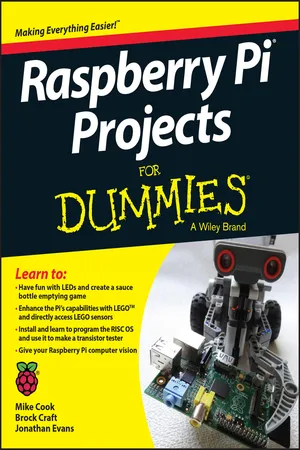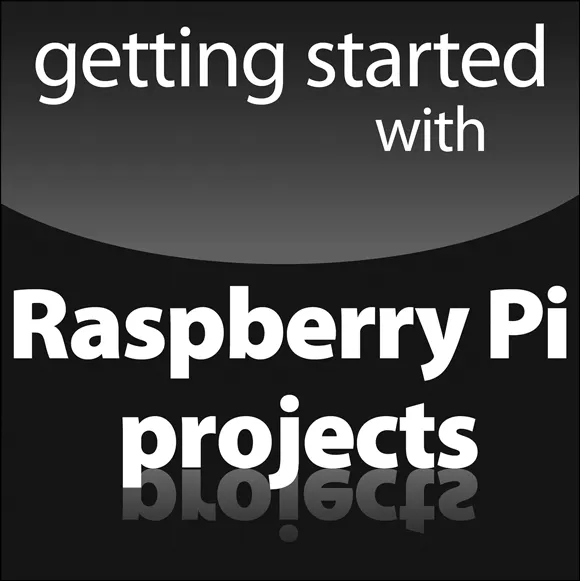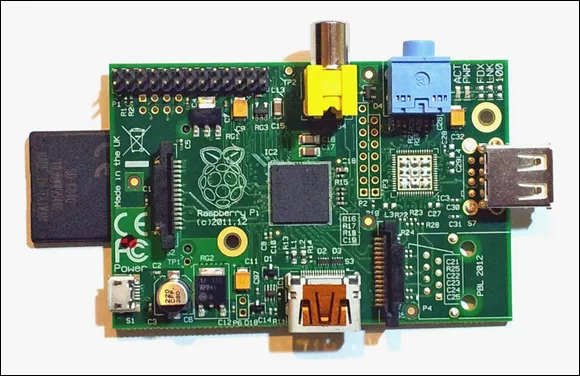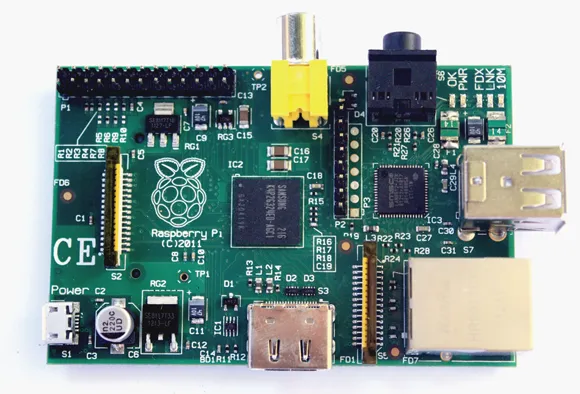
This is a test
- English
- ePUB (mobile friendly)
- Available on iOS & Android
eBook - ePub
Raspberry Pi Projects For Dummies
Book details
Book preview
Table of contents
Citations
About This Book
Join the Raspberry revolution with these fun and easy Pi projects
The Raspberry Pi has opened up a whole new world of innovation for everyone from hardware hackers and programmers to students, hobbyists, engineers, and beyond. Featuring a variety of hands-on projects, this easy-to-understand guide walks you through every step of the design process and will have you creating like a Raspberry Pi pro in no time. You'll learn how to prepare your workspace, assemble the necessary tools, work with test equipment, and find your way around the Raspberry Pi before moving on to a series of fun, lively projects that brings some power to your plain ol' Pi.
- Introduces Raspberry Pi basics and gives you a solid understanding of all the essentials you'll need to take on your first project
- Includes an array of fun and useful projects that show you how to do everything from creating a magic light wand to enhancing your designs with Lego sensors, installing and writing games for the RISC OS, building a transistor tester, and more
- Provides an easy, hands-on approach to learning more about electronics, programming, and interaction design for Makers and innovators of all ages
Bring the power of Pi to your next cool creation with Raspberry Pi Projects For Dummies!
Frequently asked questions
At the moment all of our mobile-responsive ePub books are available to download via the app. Most of our PDFs are also available to download and we're working on making the final remaining ones downloadable now. Learn more here.
Both plans give you full access to the library and all of Perlego’s features. The only differences are the price and subscription period: With the annual plan you’ll save around 30% compared to 12 months on the monthly plan.
We are an online textbook subscription service, where you can get access to an entire online library for less than the price of a single book per month. With over 1 million books across 1000+ topics, we’ve got you covered! Learn more here.
Look out for the read-aloud symbol on your next book to see if you can listen to it. The read-aloud tool reads text aloud for you, highlighting the text as it is being read. You can pause it, speed it up and slow it down. Learn more here.
Yes, you can access Raspberry Pi Projects For Dummies by Mike Cook, Jonathan Evans, Brock Craft in PDF and/or ePUB format, as well as other popular books in Computer Science & Systems Architecture. We have over one million books available in our catalogue for you to explore.
Information
Part I
Getting Started with Raspberry Pi Projects

In this part …
- Learn about your Raspberry Pi.
- Set up the hardware and operating system and your project-building workspace.
- Learn construction techniques.
- Understand the basics of programming.
- Install language extensions.
- Discover the Raspberry Pi family of computers.
Chapter 1
Getting to Know the Raspberry Pi
In This Chapter





You probably wouldn’t have picked up this book if you hadn’t already heard about the amazing, low-cost computer for everyone, the Raspberry Pi. Besides being inexpensive, what’s made the Raspberry Pi so appealing is that it’s pretty easy to use. You can even change it to do things its designers never dreamed of. Unlike most consumer electronics, tablets, and desktop computers, the Raspberry Pi is designed to let you investigate how it works and change how it operates by writing your own software programs.
This is all possible because the Raspberry Pi uses an inexpensive but powerful processor and a free operating system, which is based upon the popular Linux platform. In this chapter, we take a look at what you need to get going and show you how to set it up.
We also tell you where to get a Raspberry Pi and the accessories you need to run it. We explain how to set up the operating system, how to connect the hardware, and what to do if you run into any problems along the way. Before long, you’ll be able to make your Raspberry Pi say, “Hello, world!”
Getting a Raspberry Pi
If you’re interested in building projects with a Raspberry Pi, you probably already have one. But if you don’t yet have your own Raspberry Pi, this is the section for you! You’ll be glad to know that there are a few places you can pick one up quickly and cheaply.
The Raspberry Pi comes in several versions: Model A is shown in Figure 1-1, and Model B is shown in Figure 1-2. There are other versions of the Raspberry Pi, though — Chapter 4 has a full rundown. The Model A and Model B use the same kind of processor, but the Model A is cheaper and uses less power; it has a single USB port and connections for your screen and audio. Model B has everything Model A has, plus an additional USB port and an Ethernet port for connecting to a network, so it costs a little more. For the projects in this book, you’ll want to get a Model B.

Photograph courtesy of the Raspberry Pi Foundation
Figure 1-1: Raspberry Pi Model A.

Photograph courtesy of the Raspberry Pi Foundation
Figure 1-2: Raspberry Pi Model B.
The Raspberry Pi Foundation (which is technically a UK charity, not a business) created the Raspberry Pi. The Raspberry Pi Foundation licenses the manufacture of the Raspberry Pi to the biggest names in electronics in the UK, RS Components (
www.rs-components.com) and Farnell, which supports Raspberry Pi under the brand name element14 (www.element14.com/community/community/raspberry-pi). If you’re buying a Raspberry Pi for personal or home use, Farnell’s outlet is CPC (order from http://cpc.farnell.com). In the United States, you can also buy from Newark (www.newark.com), which is a part of Farnell, and Adafruit (www.adafruit.com). These suppliers can provide you with everything you need to get your Raspberry Pi up and going, but you can only buy from them online.If you simply can’t wait to get your hands on a Raspberry Pi, and you live in the UK, you can also walk in to any Maplin electronics shop, where they’re usually kept in stock. You’ll pay a bit more for the convenience of shopping in a store, but you can get personal advice from the salespeople, which can be pretty useful if you have questions. At the time of this writing, you can walk into a Radio Shack in the United States and buy a Raspberry Pi starter kit, but this may change because the company is restructuring.
You can also find the Raspberry Pi for sale on eBay. There are usually plenty of listings for just a Raspberry Pi or for bundles that include all the accessories you need in order to hook it up.
Discovering What You Can and Can’t Do with a Raspberry Pi
This book shows you how to get going with Raspberry Pi projects. After you’ve done some, you’ll have a pretty good idea of what’s possible. But when you want to go a bit further with your ideas, it’s good to know what you can realistically expect to achieve.
The first thing you see when you get up and running is a text-based prompt on the screen. You can do a lot of things just with text, but most people prefer to launch the familiar graphical user interface (GUI), the desktop environment you’re used to on any other computer. The operating system supports all the things you’d want to do in a desktop system, including playing games, browsing the web, word processing, using spreadsheets, editing photos, and playing audio and video.
But that’s not where the Raspberry Pi really shines. The great things you can do with the Pi come into play when you write your own programs and hook it up to electronics or other objects in the real world using the general-purpose input/output (GPIO) connector. Your Pi is well suited for this because these kinds...
Table of contents
- Cover
- Title Page
- Table of Contents
- Introduction
- Part I: Getting Started with Raspberry Pi Projects
- Part II: Working with LEDs and Switches
- Part III: Developing Advanced Interfaces
- Part IV: Making the Raspberry Pi Your LEGO’s Magic Brick
- Part V: Exploring RISC OS
- Part VI: The Part of Tens
- About the Authors
- Cheat Sheet
- Advertisement Page
- Connect with Dummies
- End User License Agreement


